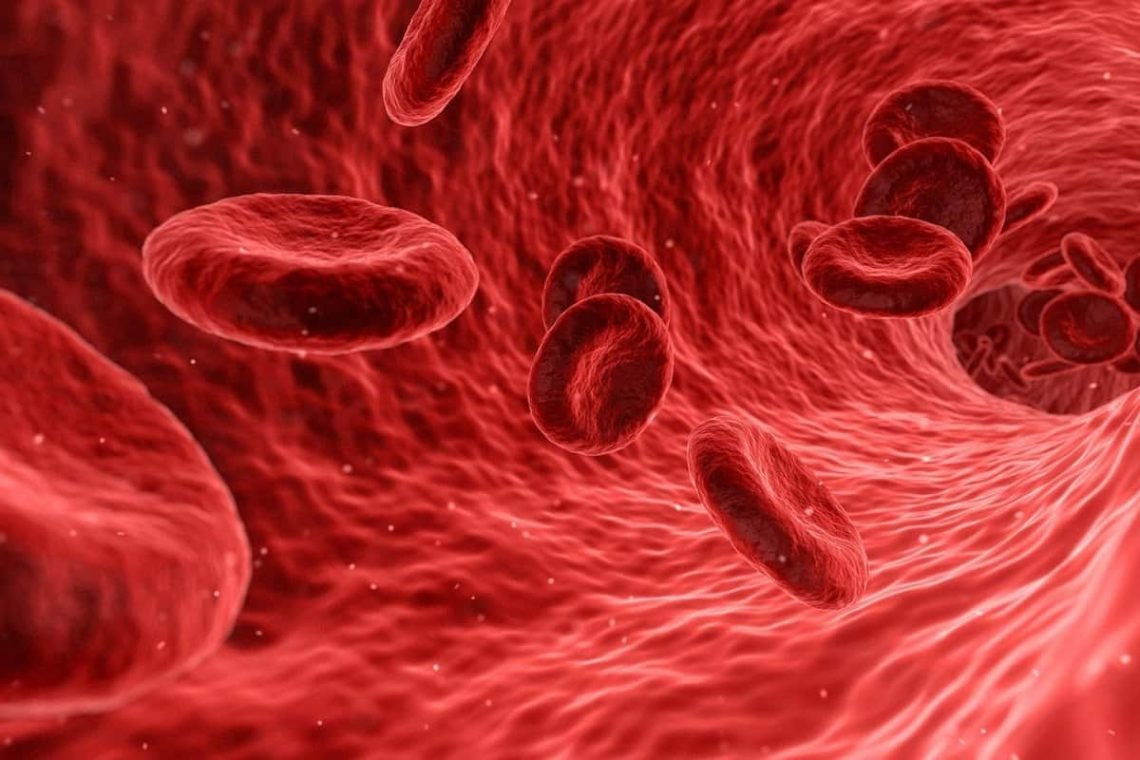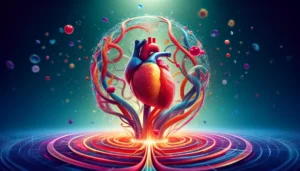It’s my pet hate to see people’s bloods and discover they’re iron deficient but don’t know it. The symptoms of iron deficiency are pretty horrible. So, I’m going to take you through it all now.
Ferritin
Iron is bound to protein forming complexes, one of which is called ferritin. Ferritin is the main one. It’s found more often in the liver. But, it also lives in the likes of bones, muscles and your spleen. There’s a little bit in the blood stream, and the amount found in the blood stream reflects how much you’ll find in the body.
Ferritin gives us an idea of how much iron is stored for future use. When the levels of ferritin drop it suggests the body is getting low in iron.
What is iron, and why does it matter?
Iron is a mineral and it’s used to create red blood cells (RBC). Iron is used to produce haem which is the protein in RBCs that grabs onto oxygen allowing RBC to transport oxygen around the body. When iron stores are used up then less RBCs can be made and they have less Hb in them. This means less oxygen is carried around the body. This leads to the increased heart rate and breath rate in a bid to compensate, and the feeling of exhaustion.
Iron deficiency V Anaemia
When we are low in iron we have iron deficiency. When we’re anaemic it means your red blood cells have changed in response to not having enough iron (low vitamin B12 & folate can also result in anaemia). Anaemia causes a drop in the amount of red blood cells and/or the amount of haemoglobin (ability to carry oxygen) within the red blood cells. So iron deficiency anaemia is when there is a drop in the number of red blood cells due to being low in iron.
When someone is deficient in iron, they are heading towards anaemia if they are not already there! You can be quite symptomatic with low ferritin levels (iron deficiency). I always suspect it when people say they don’t have much quality to their life at 7pm, when they’re too tired to see anyone or do anything. So, it’s best to react when ferritin levels are low rather than wait till you’re seriously struggling with anaemia.
Symptoms include weakness and fatigue but also shortness of breath (you feel more unfit and older than you are) or dizziness and you might have chest, leg or head pain. Your tongue may look super smooth or it could feel like it’s burning, you might have sores on the corner of your mouth or have spoon shaped nails on your fingers or toes. One symptom that I had was that I felt ants were crawling on my skin at night. Low is anything below 30 (10-393 is often the range used by labs).
It’s also important to screen for low vitamin B12 and folic acid levels too.
Why check vitamin B12 and folate/ folic acid?
A blood test will measure how much vitamin B12 and folate is found in the blood. They’re B vitamins and a deficiency can lead to anaemia too. It’s a different type of anaemia called macrocytic anaemia (big red blood cells this time!).
The symptoms of being deficient are extremely unpleasant. A person may experience changes in their mental health resulting in them acting out of character. For example they may have lower mood, may experience irritability, confusion and even paranoia. They may have physical symptoms too such as fatigue, a sore mouth and tongue as well as general weakness. Other symptoms that people may experience which can lead to serious worry for them includes tingling in their feet or hands as well as clumsiness.
As you can see from the list above, the symptoms of vitamin B12 are so horrendous that when I read someone’s blood results, I often advise dietary changes if their levels aren’t on the middle-higher end of the healthy range. Also, the test isn’t wonderfully accurate as it doesn’t measure how much active vitamin B12 is found in the body’s cells. So, I err on the side of caution.
- Some medications can lower a person’s levels of vitamin B12 including PPIs and metformin.
- People can have an inherited issue where they struggle to absorb vitamin B12 into their body.
- High levels of vitamin B12 can be caused by the liver malfunctioning
- High levels of folate (aka folic acid) can be seen when someone has SIBO. SIBO is Small Intestinal Bacterial Overgrowth.
Also, since most young women are encouraged to take a folic acid supplement, there is a potential for vitamin B12 deficiency to be harder to pick up on regular bloods when they take a folic acid supplement.
What is iron overload?
In Ireland, some people have an issue with too much iron in the body. This is called haemachromotosis. Iron overload is usually diagnosed when someone’s ferritin is high and they also have high iron levels or a low TIBC (total iron binding capacity) or high levels of transferrin saturation.
High levels of ferritin do not mean you definitely have haemachromotosis. It can be high for a number of reasons including inflammation, infection and liver disease.
What do your red blood test results mean?
Your doctor will have a look at them for you. And, they’ll report back if they’re worried. However, here is some general advice.
- Red Blood Cells (RBC) is the number of red blood cells per volume of blood. This is lower when someone is anaemic. It can be higher than normal if you’re dehydrated!
- Haemoglobin (Hb) is the amount of oxygen-carrying protein in the blood. It mirrors your RBC result.
- Haematocrit (Hct) is how much space red blood cells take up in the blood. It mirrors your RBC too.
- Mean corpuscular volume (MCV) is the average size of your RBCs.
- If it’s high then your RBCs are bigger than normal (macrocytic) e.g. in vitamin B12 or folic acid deficiency.
- It can also be increased when someone has problems with their liver & underactive thyroid.
- When it’s low your RBCs are smaller than normal (microcytic) which can suggest iron deficiency anaemia.
- It can also be decreased with ongoing inflammation.
- Mean corpuscular haemoglobin (MCH) is the amount of oxygen-carrying haemoglobin inside your RBCs.
- Macrocytic RBCs are bigger so you’ll often see higher MCH too.
- Often low when you’re deficient in iron but again, also with ongoing inflammation.
- Mean corpuscular haemoglobin concentration (MCHC) is the concentration of haemoglobin inside the RBCs.
- Low MCHC values are referred to as hypochromic (e.g. in iron deficiency anaemia but also things like chronic inflammation).
- Higher MCHC values are referred to as hyperchromic.
- So low Hb, high MCV & high MCH think vitamin B12 and folic acid/ folate deficiency (potentially) and if low Hb, low MCV & low MCHC, think iron deficiency (potentially).
**If you’re often low in iron, B12 and folate, please check to see if you’ve been screened for coeliac disease.**











